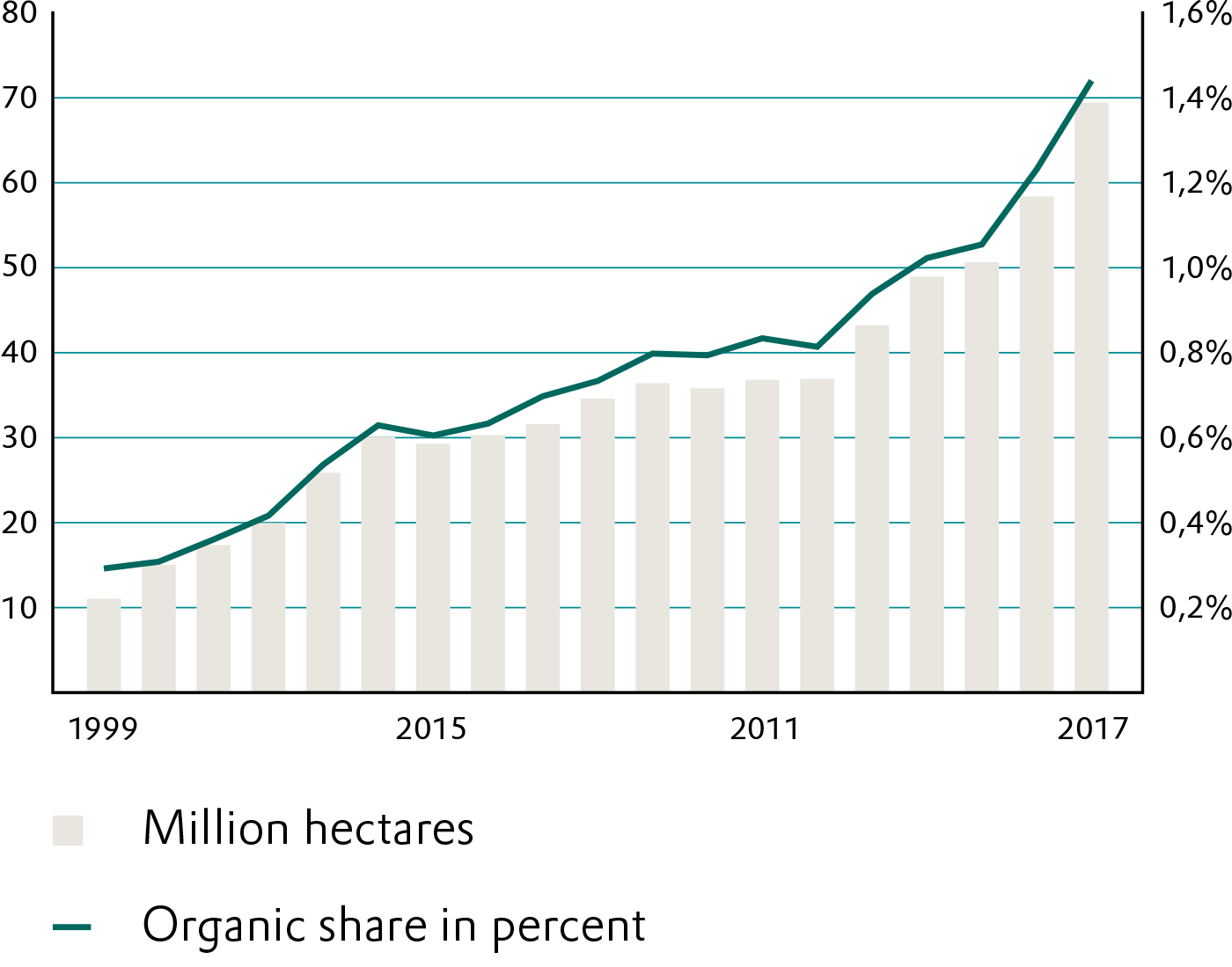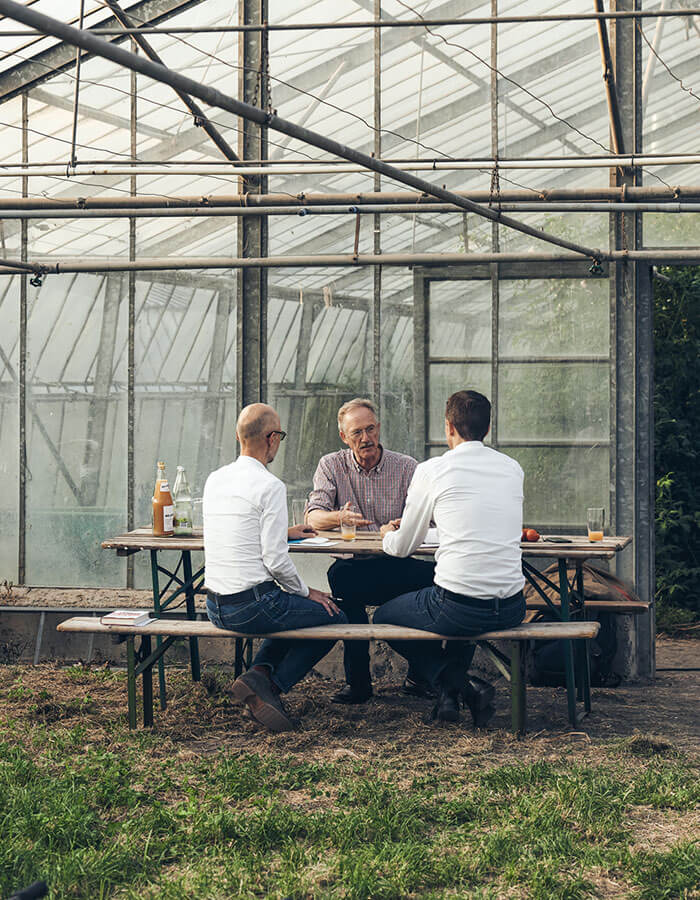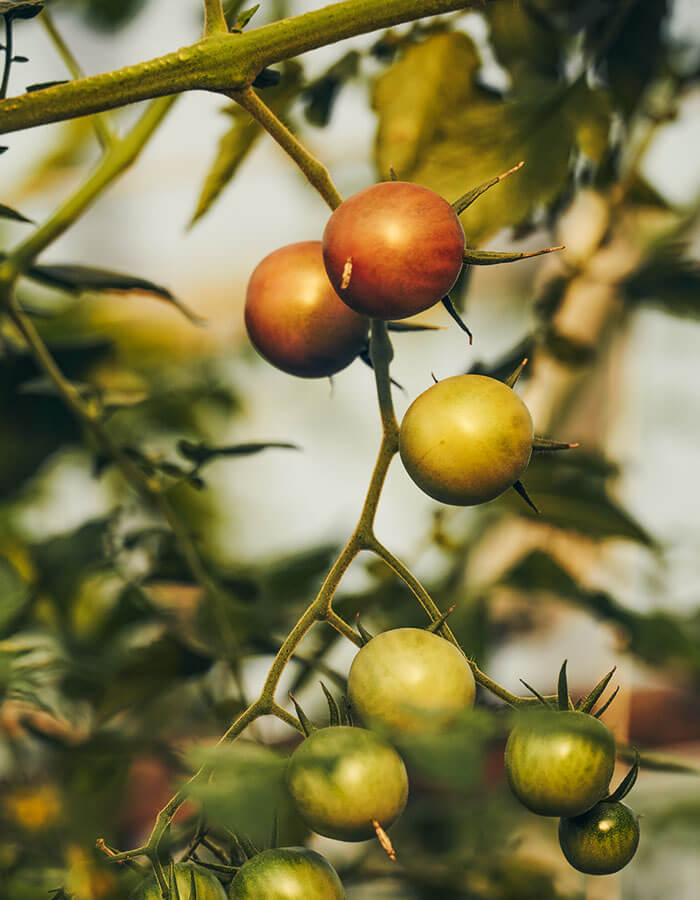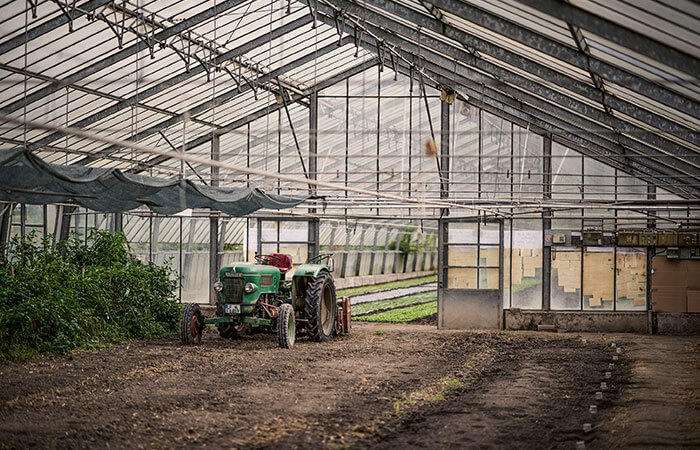
Additives
Good inside and out
A lot of food is thrown away or lost. Coatings and additives in plastic packaging are helping to reduce food waste.

Nutrition
A Plentiful and Sustainable Diet
Nearly ten billion people will be living on the planet in 2050—but what will all these people eat?

Animal nutrition
A Close Look
How the use of big data and biotech in poultry farming improves animal welfare—and reduces the use of resources.

Research & Innovation
Green processes, thanks to H₂O₂
The distributed production of hydrogen peroxide is opening up new application areas in agriculture.
ELEMENTS Newsletter
Get fascinating insights into the research Evonik is conducting, and its social relevance, by subscribing to our free newsletter.





